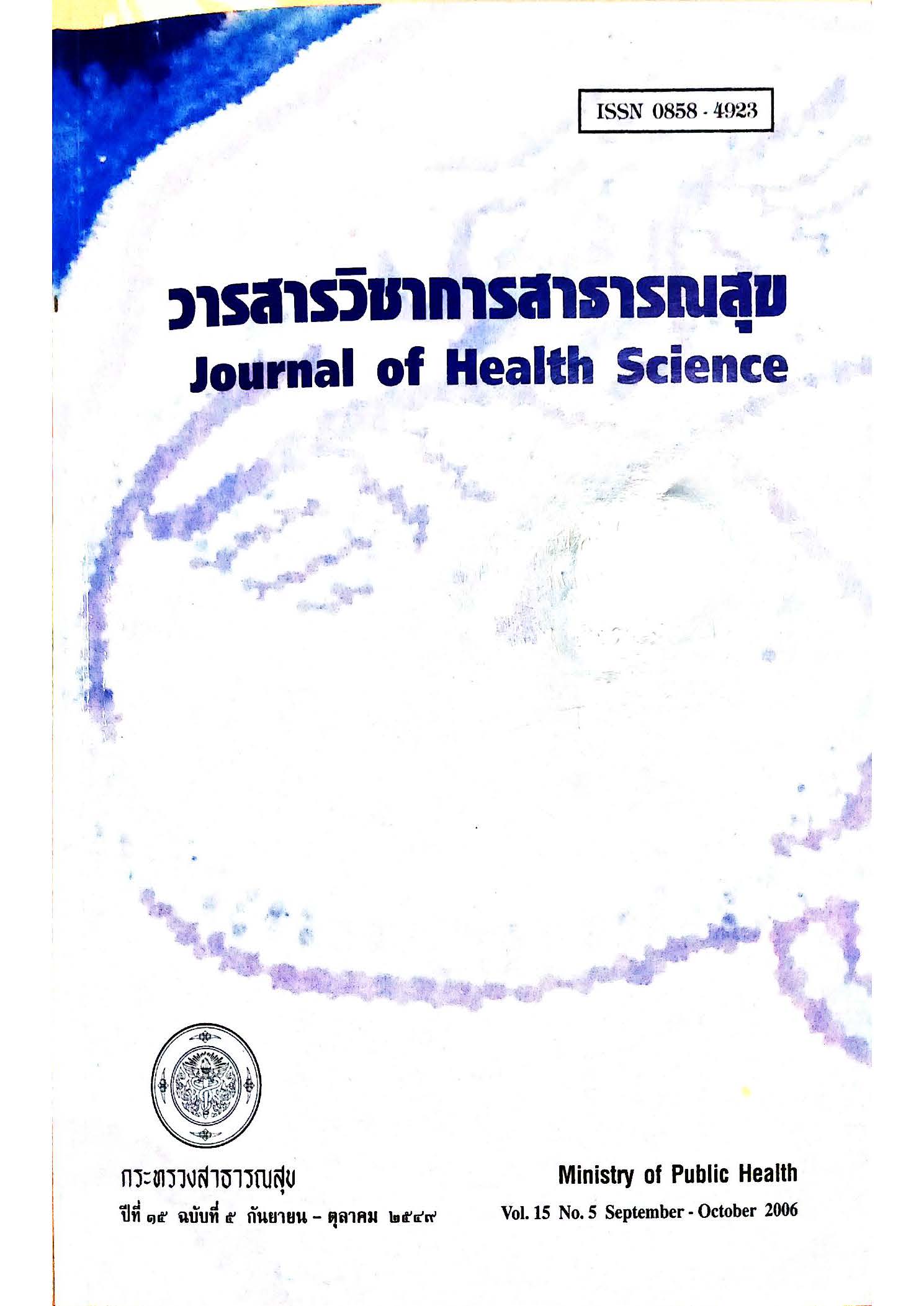Current Situation of Rabies in the Stray Dog Population in Bangkok, Thailand : Rabies Antigen and Antibody Prevalence - สถานการณ์โรคพิษสุนัขบ้าในสุนัขจรจัดในกรุงเทพมหานคร : ความชุกของโรคและภูมิคุ้มกัน
Keywords:
rabies, rabies antibodies, stray dog populationAbstract
Dogs are the principal vector for rabies transmission and responsible for most human deaths resulting from the disease. Stray dogs were the most frequently reported as rabid. The present study was conducted in order to investigate the current situation of rabies in stray dog population in terms of rabies virus antigen and antibody prevalence. A total of 3,314 saliva and serum samples were collected from stray dogs captured from 50 districts in Bangkok. Detection of rabies virus antigen in saliva was done by the latex agglutination test and the reverse transcription-polymerase chain reaction. The technique used for determination of antibody against rabies in serum samples was an enzyme-linked immunosorbent assay. The saliva of a 2-year-old female dog was found positive. The prevalence of rabies virus infection among stray dogs investigated was 0.03 percent (1 per 3,314 dogs). The current seroprevalence of antibodies to rabies among stray dogs was 54.92 percent, with the overall mean antibody titer of 0.57 EU/ml. The majority of dogs came from areas in the central of Bangkok had specific antibodies above the WHO-recommended minimal acceptable antibody level of 0.5 EU/ml. In contrast, the majority of dogs from areas on the outskirts of the capital had antibodies against rabies below 0.5 EU/ml.
Downloads
Downloads
Published
How to Cite
Issue
Section
License

This work is licensed under a Creative Commons Attribution-NonCommercial-NoDerivatives 4.0 International License.



